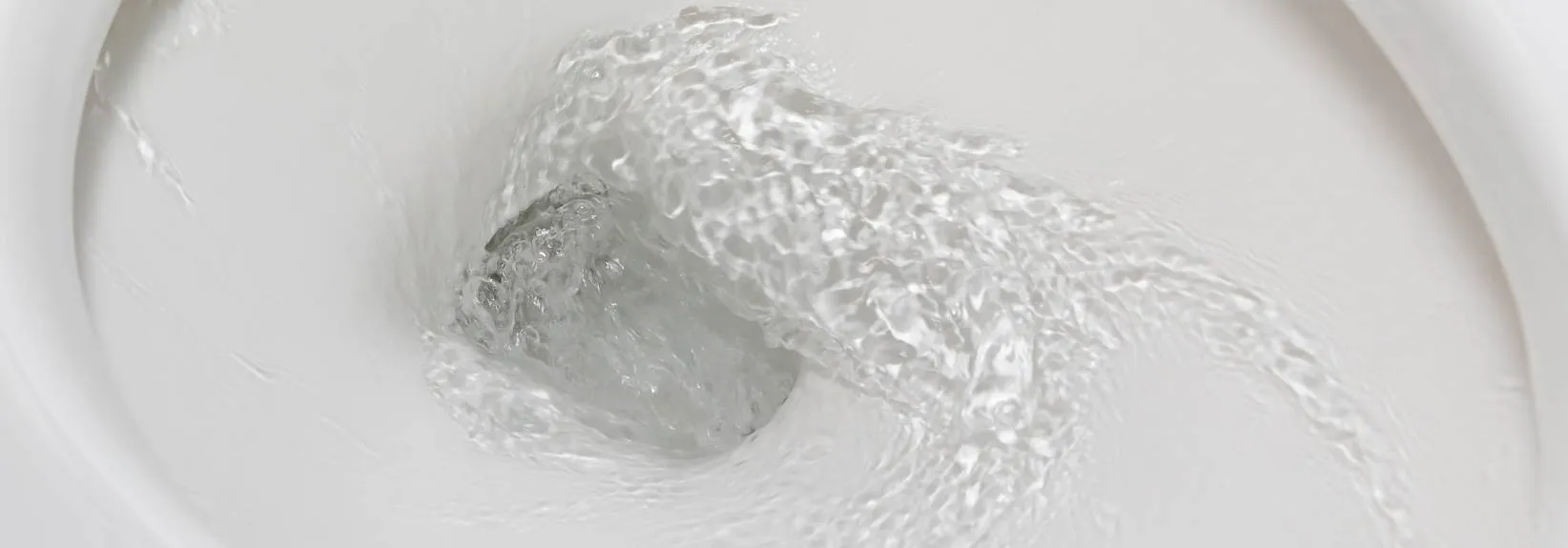Why Is There No Water in My Toilet Tank?
Did you just try to flush your toilet, and nothing happened? Peek inside the tank, and you may see no water inside. Before you worry, relax knowing that fixing this issue is usually straightforward. If you can’t do it yourself, you can always set up toilet repair with a knowledgeable plumber. Follow these tips to diagnose and repair the problem of no water in the toilet tank.
Check the Water Supply
The first step is to ensure that the water is running. If you or someone in your household recently performed a toilet repair, you probably turned off the water first. Did you forget to turn it back on? To see, turn the water shut-off valve on the wall behind the toilet. If the valve was closed, water should now start refilling the tank. If this fails to work, test the water at your sink or another plumbing fixture. If nothing spills out from the tap, you could have a larger water supply issue. Call your water company to get more details.Reposition or Replace the Float Mechanism
Older toilet models use a float ball to determine the water level as it increases in the tank. When the ball passes a specific height, the float arm it’s attached to stops the water flow. However, insufficient water may enter the tank if the ball is positioned improperly or the arm is broken. To adjust the float ball, start by removing the toilet tank top. Bend the float arm up a little to change where it sits in the tank. If this does not fix the problem, you might need to replace the entire float mechanism. You should be able to do this yourself by following the detailed steps that come with the replacement parts, or you can work with a plumber for help. Just understand that float balls are old toilet systems. You may enjoy improved dependability and efficiency if you upgrade the existing tank components or replace the toilet entirely.Adjust the Fill Valve
Modern toilets operate with a float cup instead of a float ball, coupled with a fill valve and water level rod. There could quite possibly be no water in the toilet tank because the valve has slipped out of place or become clogged. Here are recommendations to try:-
- Test the fill valve: Glance inside the toilet and locate the fill valve on top of a vertical tube device on the left side of the tank. Verify that it’s secure and evenly connected to the tube. Then, adjust the water level. Newer toilets have an adjustment knob you can turn manually, while older designs may require you to loosen an adjustment screw with a flathead screwdriver. Flush the toilet and let the tank refill to verify the water level. Adjust it until the water comes to {about|approximately|roughly]] one inch below the top of the overflow tube.
-
- Clean the fill valve: Mineral buildup and other gunk could be covering the valve and keeping your toilet from filling. Shut down the water behind the toilet and remove the fill cap. Then, gradually turn the water back on, cupping your hand over the valve to prevent water from spraying everywhere. After several seconds, turn the water back off. Finally, scrub the fill cap to remove hard water buildup. If the cap is damaged, replace it.
-
- Clean the valve tube: The tube below the fill valve may also be blocked. Shut off the water and remove the valve hardware. Then, insert a slim bottle brush or wire down the tube. Turn the water back on just a little to flush away the junk. Replace the valve hardware and flush the toilet to test your work.
